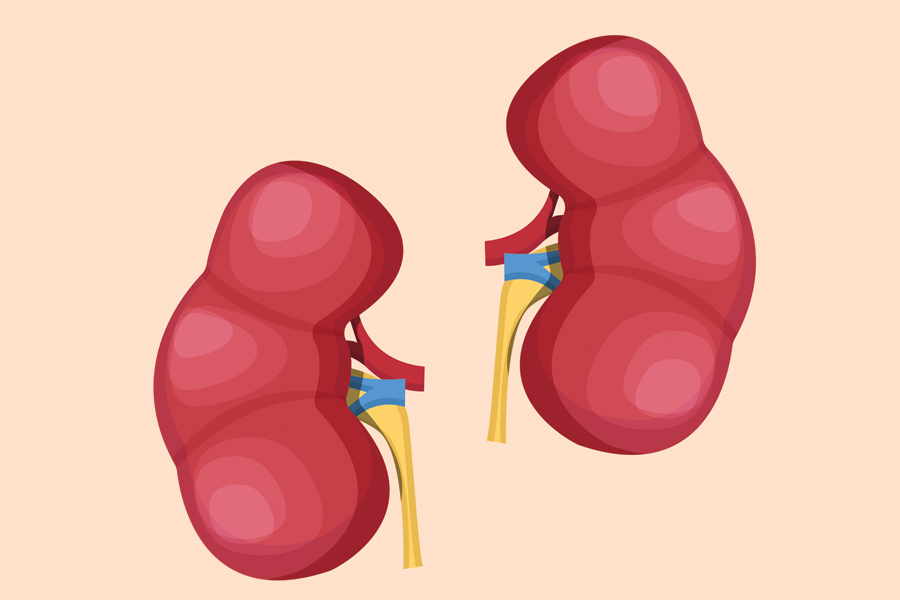Intermittent catheterization, when done properly, is one of the safest ways to catheterize. Nothing needs to be connected to or inserted into the body on an constant basis – rather, the person (or their caregiver) uses a catheter at intervals to empty the bladder. Using intermittent catheters mimics the body’s typical manner of emptying the bladder of urine. Your doctor will help you determine whether using an intermittent cathether is right for you.
In intermittent cathterterization, the catheter is usually a long, flexible tube made of polyvinyl chloride (PVC). When it is time to empty the bladder (which can be determined either through the urge to urinate or by a schedule), the user can either head to a bathroom or a secluded place. By gently inserting the catheter through the urethra all the way to the bladder, the bladder can be emptied, either directly into the toilet, or into a bag that can later be emptied into a toilet. There is another way of intermittent catheterizing that utilizes a surgically created channel that is connected from the bladder to the outside of the body (one example is a Mitrofanoff continent urinary diversion).
While intermittent catheterizing can cause some discomfort, especially at first, it carries fewer risks than an indwelling catheter. Due to potential bacteria buildup over time – the catheter provides a surface for bacterial colonization – indwelling catheters make the user more prone to urinary tract infections, although not using an intermittent catheter properly (not following directions and keeping the area and hands clean) can also result in infections.
For more information, see related articles and resources here:



















